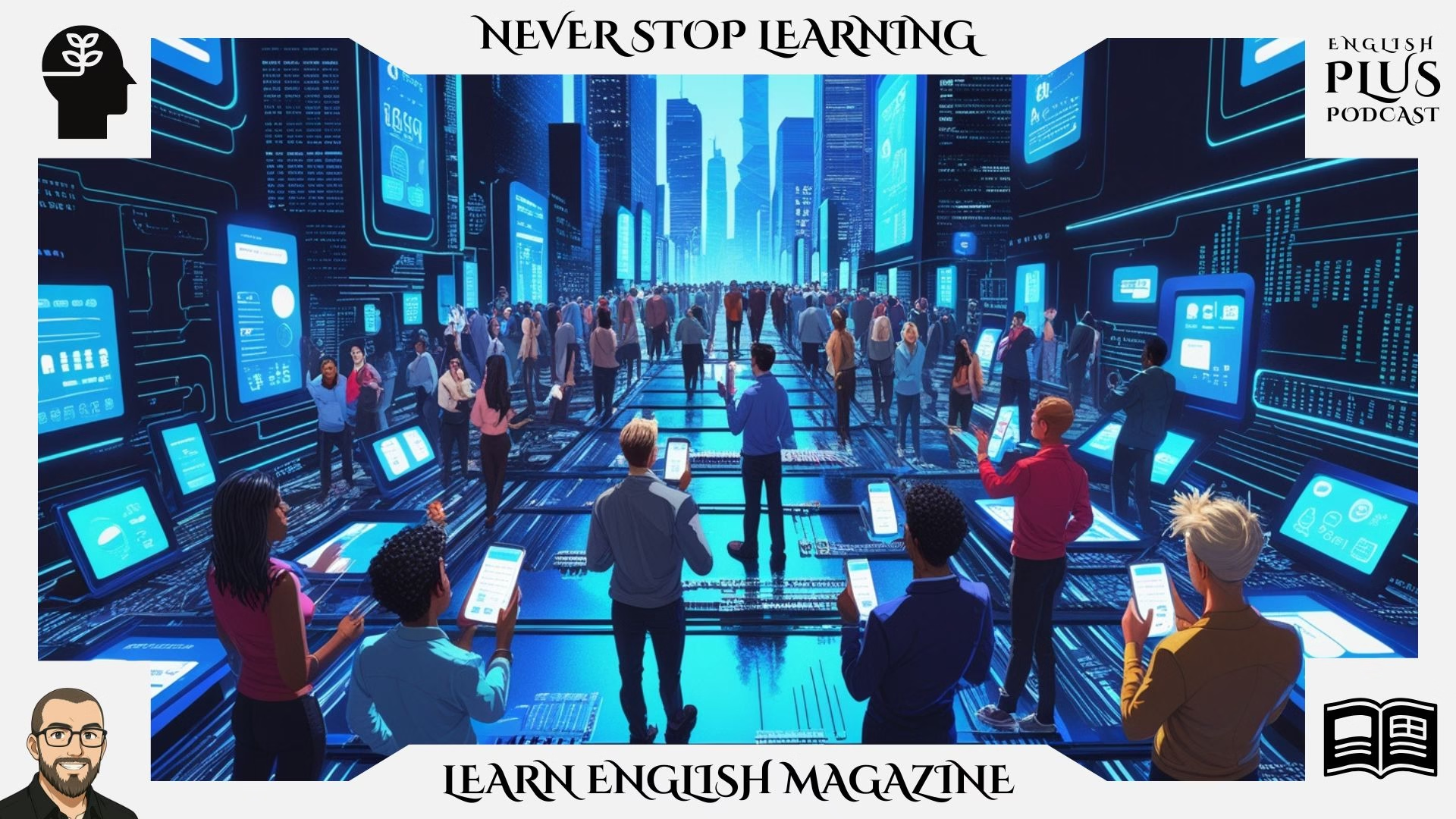Welcome! Reading sections in international English exams test your ability to understand academic texts quickly and accurately. They assess skills like finding main ideas, understanding details, inferring meaning, and comprehending vocabulary in context. Success requires not just understanding English, but also using effective reading strategies under time pressure.
Top Reading Strategies for Your Exams:
- Identify Passage Structure: Notice how the passage is organized. Is it comparing/contrasting, showing cause/effect, presenting a problem/solution, or classifying information? Understanding the structure helps you follow the logic.
- Focus on Topic Sentences: The first sentence of a paragraph often introduces the main idea of that paragraph. Pay close attention to these.
- Guess Meaning from Context: Don’t let one unknown word stop you. Read the sentences around it and make an educated guess about its meaning. Often, the general sense is enough.
- Summarize Paragraphs: Mentally (or briefly in notes) summarize the key point of each paragraph after reading it. This builds overall comprehension.
- Answer Based Only on the Passage: Avoid using your own opinions or prior knowledge. The correct answer must be supported by information explicitly stated or strongly implied in the text provided.
- Track Your Time: Be mindful of the clock. Allocate roughly 1.5-2 minutes per question, which includes time spent reading relevant parts of the passage.
Time Management Practice: For this passage and the 10 questions, aim to complete everything in approximately 16-19 minutes.
Now, read the following passage about consumer behavior in the digital marketplace.
Reading Passage: Consumer Behavior in the Digital Marketplace
The advent and proliferation of the internet, mobile devices, and social media have fundamentally reshaped the consumer landscape, creating a dynamic digital marketplace that operates alongside, and increasingly intertwines with, traditional retail environments. This digital transformation has profoundly altered consumer behavior, influencing everything from how individuals discover products and evaluate alternatives to their purchasing decisions and post-purchase engagement. Understanding these shifts is paramount for businesses seeking to thrive in the contemporary economy.
One of the most salient changes is the empowerment of the consumer through access to information. Prior to the digital age, consumers often relied heavily on brand advertising or limited word-of-mouth for product information. Today, a wealth of information is readily available online: professional reviews, user-generated reviews on e-commerce sites and social media, price comparison tools, video demonstrations, and detailed specifications. This accessibility allows consumers to conduct extensive research, compare offerings meticulously, and make more informed decisions. Consequently, transparency has become crucial for brands, as negative feedback or perceived dishonesty can spread rapidly and significantly damage reputation.
The decision-making process itself has become less linear and more complex. The traditional model often depicted a funnel where consumers moved sequentially from awareness to interest, desire, and action. In the digital realm, this journey is frequently fragmented and iterative. Consumers may discover a product on social media, research it on a blog, compare prices on multiple websites, read reviews, visit a physical store to see the item, and ultimately purchase it online via a mobile app days later. This “omnichannel” behavior, blending online and offline touchpoints, requires businesses to provide a seamless and consistent experience across all platforms.
Personalization, driven by data analytics and AI, is another defining feature of the digital marketplace’s influence on consumer behavior. Online platforms track user Browse history, purchase patterns, demographics, and preferences to deliver tailored advertisements, product recommendations, and content. While this can enhance the customer experience by presenting relevant options and simplifying choices, it also raises concerns about data privacy and the potential for creating filter bubbles that limit exposure to diverse products or viewpoints. Consumers exhibit varying levels of comfort with this data collection, leading to a spectrum of behaviors from embracing personalization to actively seeking ways to protect their digital footprint.
Social influence also plays an amplified role online. Social media platforms and influencer culture have created powerful new channels for trends to disseminate and for peer recommendations (or perceived endorsements) to impact choices. User-generated content, such as unboxing videos or customer photos featuring products, provides potent social proof that can be more persuasive than traditional marketing. Consumers often look to their online networks and trusted digital communities for validation before making purchase decisions, particularly for lifestyle-related products.
Furthermore, the digital marketplace has fostered expectations of immediacy and convenience. Services like one-click ordering, same-day delivery, and 24/7 customer support via chatbots have conditioned consumers to expect rapid fulfillment and easy interaction. This puts pressure on businesses, both online and traditional, to optimize their logistics, supply chains, and customer service operations to meet these heightened expectations. A slow website, complicated checkout process, or unresponsive customer service can quickly lead potential buyers to abandon a purchase and turn to competitors.
In conclusion, the digital marketplace has irrevocably transformed consumer behavior, empowering individuals with information, complicating the decision journey, enabling deep personalization, amplifying social influence, and raising expectations for convenience. While businesses gain unprecedented opportunities to reach and understand consumers through data, they also face challenges in managing reputation, ensuring transparency, navigating privacy concerns, and delivering seamless omnichannel experiences. Adapting to this evolving digital consumer landscape is no longer optional but essential for survival and success.
Keywords and Phrases
- Proliferation: Definition: Rapid increase in numbers or spread. Usage in passage: “The advent and proliferation of the internet…” – Refers to the rapid spread and increase in the availability and use of the internet.
- Paramount: Definition: More important than anything else; supreme. Usage in passage: “Understanding these shifts is paramount for businesses…” – Means this understanding is extremely important.
- Salient: Definition: Most noticeable or important. Usage in passage: “One of the most salient changes is the empowerment of the consumer…” – Means consumer empowerment is one of the most significant or noticeable changes.
- Iterative: Definition: Relating to or involving iteration (repetition of a process or utterance). Usage in passage: “…journey is frequently fragmented and iterative.” – Means the consumer’s path often involves repeating steps (like research) or revisiting stages.
- Omnichannel: Definition: A multichannel approach to sales that seeks to provide the customer with a seamless shopping experience whether the customer is shopping online from a desktop or mobile device, by telephone, or in a brick-and-mortar store. Usage in passage: “This ‘omnichannel’ behavior, blending online and offline touchpoints…” – Refers to consumers using multiple channels (online, offline, mobile) during their shopping process.
- Touchpoints: Definition: Any point of contact or interaction between a business/brand and a customer or potential customer over the course of their relationship. Usage in passage: “…blending online and offline touchpoints…” – Refers to the various places or moments a consumer interacts with a brand (website, store, app, ad).
- Spectrum: Definition: A range of different positions, opinions, etc., between two extreme points. Usage in passage: “…leading to a spectrum of behaviors…” – Means consumers react in a wide range of ways, from one extreme (embracing) to the other (protecting).
- Digital Footprint: Definition: The trail, traces, or ‘footprints’ that people leave online. Usage in passage: “…actively seeking ways to protect their digital footprint.” – Refers to the data trail users leave online through their activities.
- Potent: Definition: Having great power, influence, or effect. Usage in passage: “User-generated content… provides potent social proof…” – Means UGC provides strong and effective social proof.
- Immediacy: Definition: The quality of bringing one into direct and instant involvement with something, giving rise to a sense of urgency or excitement. Usage in passage: “…fostered expectations of immediacy and convenience.” – Refers to consumers now expecting things to happen instantly or very quickly.
- Irrevocably: Definition: In a way that cannot be changed, reversed, or recovered. Usage in passage: “…digital marketplace has irrevocably transformed consumer behavior…” – Means the transformation is permanent and cannot be undone.










0 Comments